- Learning time
- 20 minutes
- First play time
- 60 minutes
Madame Ching
Designed by: Bruno Cathala,Ludovic Maublanc
Madame Ching was a pirate in – or near – ancient China, and in the game you are her loyal servants, striving to impress her the most with your nautical expeditions.
The board shows the China Seas, broken into a numbered grid. Your ship begins at square number one, and all players are dealt four expedition cards. Players choose a card from their hand and lay it face-down to the table, before all cards are revealed simultaneously. Cards are then resolved in numeric order: all expedition cards have a number and one of six colours. If the card you played is higher than any previously played card, you can move your ship onwards, across the sea. If you’re playing a colour you’ve not already played in your expedition during a previous round, you can also move your ship diagonally southwards, to where the more rewarding expeditions are resolved.
If you play a card lower than your previous card, your expedition is over. You return your ship to square one, and take the rewards from one of the expedition cards laid out on the board – specifically, the highest-numbered expedition that is lower than the number of the square your ship reached. The further south you go, the higher the numbers are. If there are no expedition tiles left, you do at least get to take an Encounter card, which you can play on a later turn. The Encounter cards do a variety of things.
Whether your expedition continues or ends, you pick up another expedition card at the end of your turn.
That’s the basic game, but there is a little more in the embroidery of it. Expedition cards also have skill icons on them – collect enough of a type and you now have that skill, which can be used once only. They are like Encounter cards really, only a little more powerful. If you collect all four skills, Madame Ching awards you command of the China Pearl! – basically, a five point bonus at the end of the game. And if you manage to guide your ship all the way to Hong Kong in the southeast corner of the board, that’s a ten point bonus. The game ends either when someone reaches Hong Kong or the expedition tiles run out.
The guru's verdict
-
Take That!
Take That!
Some Encounter cards let you steal from each other. But the main thrust of the game is card-play, not theft.
-
Fidget Factor!
Fidget Factor!
Once you know it, Madame Ching plays fast.
-
Brain Burn!
Brain Burn!
There's nothing here to give you a headache. But after a first play you'll realize there are decisions to be made that incorporate a fair few things: push-your-luck, strategy, potentially abandoning an expedition in the hope of engineering a much better one. But then again, will it be too late?
-
Again Again!
Again Again!
There's a big degree of randomness in Madame Ching. The expedition cards are dealt out from a pool, so vary from game to game. Expedition cards and Encounter cards are always shuffled prior to play.



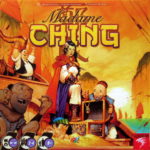
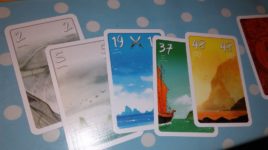





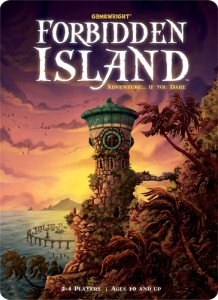
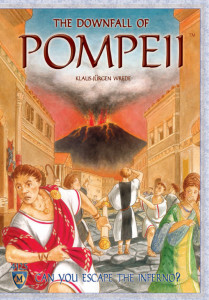

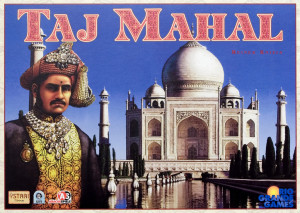
Sam says
At first Madame Ching can feel very repetitive - what, I just play a card and pick up a card? But tactical possibilities do emerge. Because the highest card goes first, you might choose to abandon a promising expedition in order to get first choice on which card to pick up. You don't want to leave it to chance on the ocean, and Madame Ching allows you to 'build' a hand, if you play cannily. It's basically a rather clever card game that comes with a big board and some lovely bits!